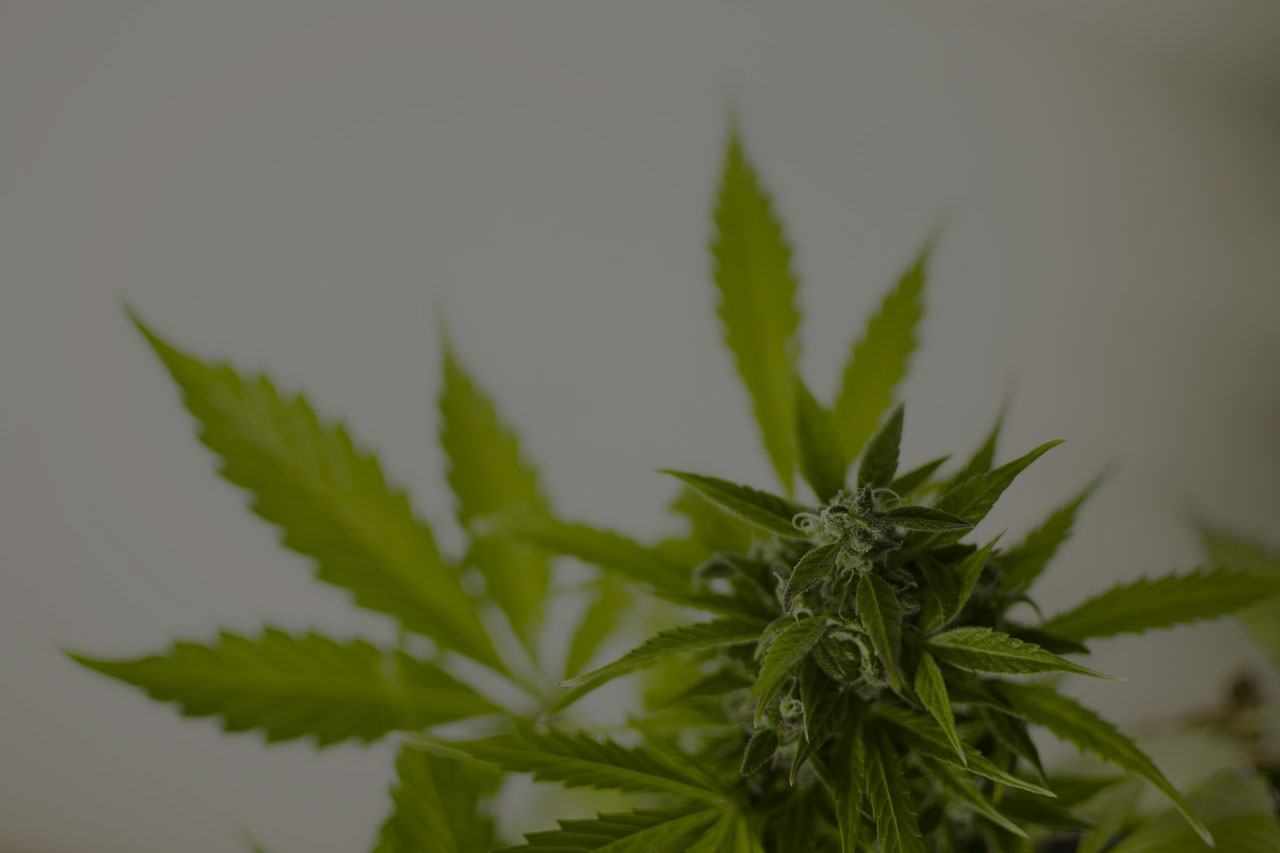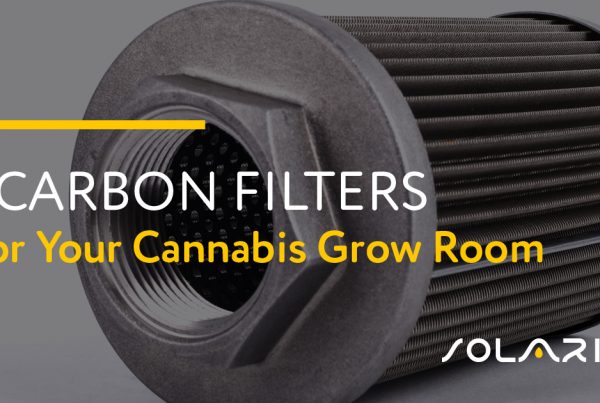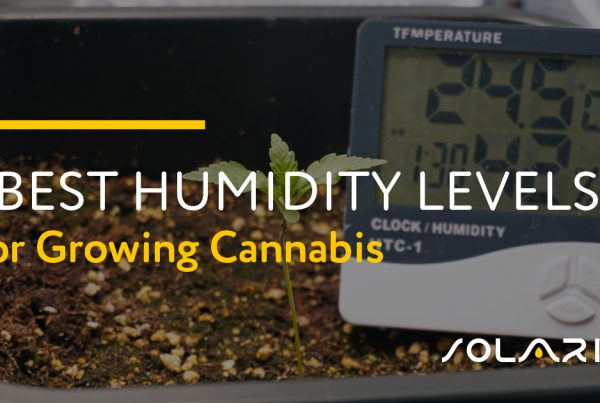AUGUST 8, 2018
Exploring The Evolution of Cannabis Cultivation with Solaris Farms
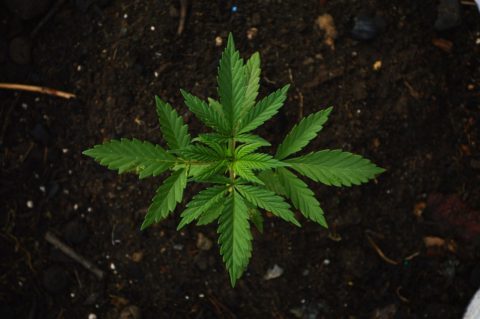
In the days of prohibition, outdoor grows were at times the only option. However, as the industry has developed, outdoor cannabis grows are becoming outmoded by indoor grow operations and hybrid greenhouse designs that give cannabis growers more control over their environment and their product.
Find out the truth about indoor grow vs. outdoor grow with Solaris Farm
Environment is everything when it comes to growing cannabis
The ability to implement, track, and monitor the success of environmental controls in different indoor and greenhouse cultivation models is one of the reasons to opt out of outdoor grows.
Environmental hurdles and challenges for outdoor grows include:
- A cloudy day decreases your crop’s productivity by blocking light
- Wind and rain can cause humidity levels to fluctuate
- An early frost can kill an entire crop overnight
- Stressful events that a cannabis plant is regularly exposed to in an outdoor cultivation hurts trichrome production and development throughout the season, leaving behind a subpar product, especially by comparison to today’s higher standards.
Exploring the cost of control in an indoor grow
When properly designed, indoor cannabis grows allow cultivars to control everything from temperature, humidity, and carbon dioxide levels, to ventilation and the light spectrum received by the plant. Through control of the variables that may cause stress, an indoor cannabis crop is exposed to a limited or stress-free life cycle, which increases trichrome production and consequently potency.
While indoor cannabis cultivation operations have earned their reputation among growers for producing high-quality flower, the tremendous amount of power needed to run an indoor cannabis drives up the cost for consumers and the environment. In fact, one study found that every joint smoked requires the same amount of energy as a 100-watt light bulb left on for 17 hours!
Outdoor cannabis grows also maintain an edge thanks to the natural power of the sun. The sun’s natural light spectrum has been found to produce more cannabinoids and terpenes, thus increasing your product’s flavor and potency
Indoor and outdoor grows each have their benefits and drawbacks. So why not get the best of both with cannabis greenhouses? This cannabis growing trend has been gaining momentum amongst commercial cultivars but it hasn’t been until recently that growers have been able to effectively implement new hybrid greenhouse models that will help define the future of commercial cannabis cultivation at every scale.
Winning with the right greenhouse model
Enclosed cannabis greenhouses, like those at Solaris Farms, protect your cannabis crops from environmental factors like wind, dust, rain, and pests. The greenhouse effect also means that, by design, greenhouses are able to absorb and retain heat; this enables growers to operate year-round. By enabling longer cycles, some growers are even able to grow longer-flowering Sativa strains that sometimes run the risk of being killed by frost prior to harvest when outdoors.
Advances in climate-control technology have revolutionized our ability to create medicinal quality crops through data collection. By enhancing the ability of growers to fine-tune the environmental controls in a cultivation space, such as maintaining temperature and humidity controls to name just the basics, automation allows hybrid greenhouse models to accurately mimic the conditions that are considered to give indoor-grown crops an advantage.
Like outdoor grows, greenhouse operations also take advantage of the power of the sun. However, on cloudy days, greenhouse cultivars use supplemental lighting to maintain a consistent environment, taking from the indoor playbook but at limited cost. Greenhouse models like Solaris are also capable of using automation to implement light-deprivation techniques in order to induce the flowering stage during the summer. All this contributes to the ability to provide an indoor-quality product. Some even claim that the more natural approach can yield superior quality over time.
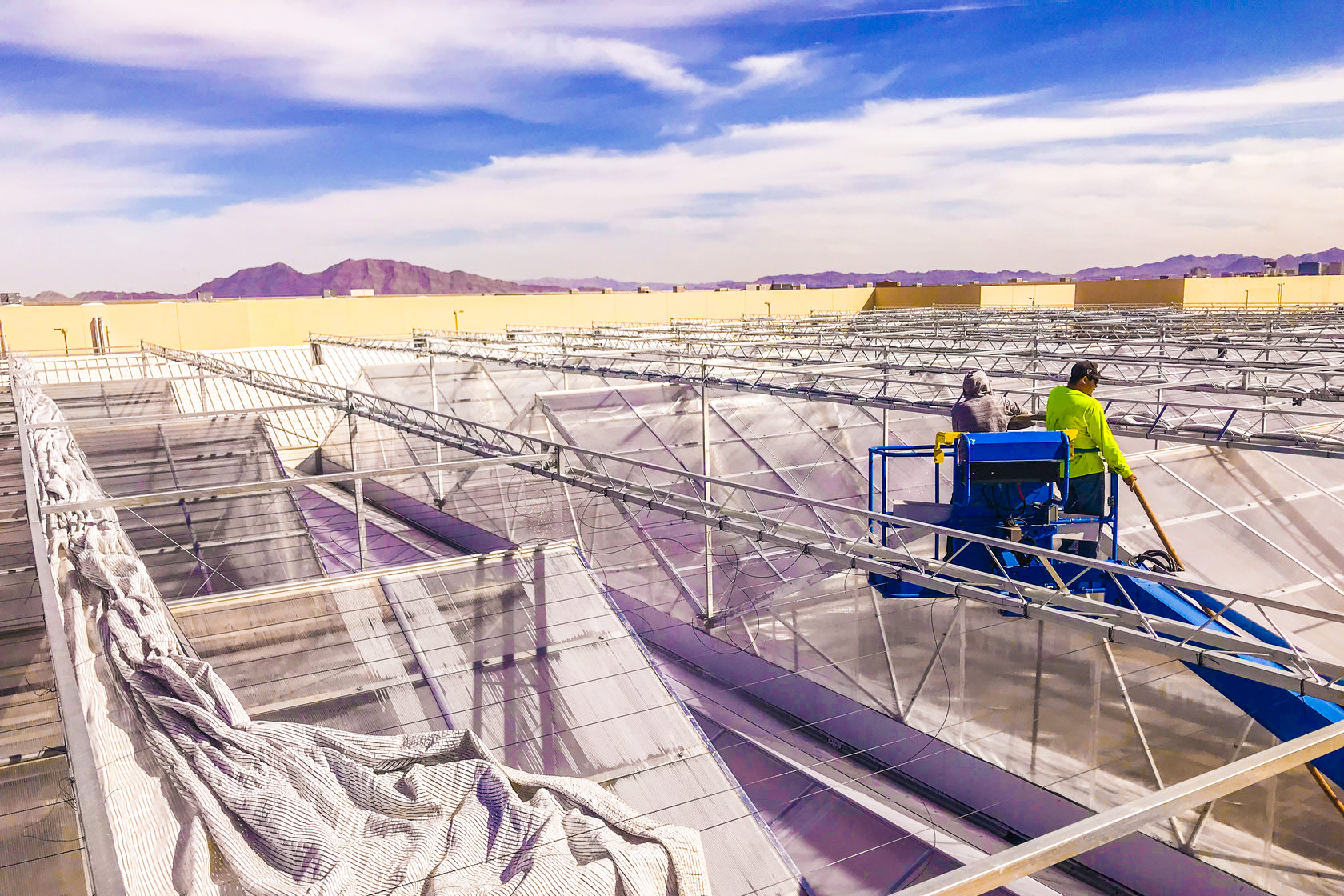
Like outdoor grows, greenhouse operations also take advantage of the power of the sun. However, on cloudy days, greenhouse cultivars use supplemental lighting to maintain a consistent environment, taking from the indoor playbook but at limited cost.
Greenhouse models like Solaris are also capable of using automation to implement light-deprivation techniques in order to induce the flowering stage during the summer. All this contributes to the ability to provide an indoor-quality product. Some even claim that the more natural approach can yield superior quality over time.
Because of the supplemental use of HPS or LED grow lights in a cannabis greenhouse, the reduction in cost as well as in environmental thumbprint make cannabis greenhouses the obvious choice for commercial cannabis cultivation.
Finally, building the initial greenhouse structure is much more cost-effective than building the equivalent indoor building. Basic greenhouse structure can be achieved around $100 per square foot, while indoor buildings require two or three times that amount.
Between initial cash outlay and operating costs, greenhouses quickly gain and retain the cost advantage. As prices in the industry decrease, which has already taken effect in a number of markets, the low-cost producer will be the only one left standing. Especially if it is not achieved at the expense of product quality.
No Matter What You Smoke, Make Sure You Know How it is Grown
With the green rush in full effect, especially in Nevada, the demand for high quality, craft flower, and cannabis products is only going to become greater. Stay ahead of the curve with Solaris Farms greenhouses by subscribing to our newsletter or connecting with our executive team!
